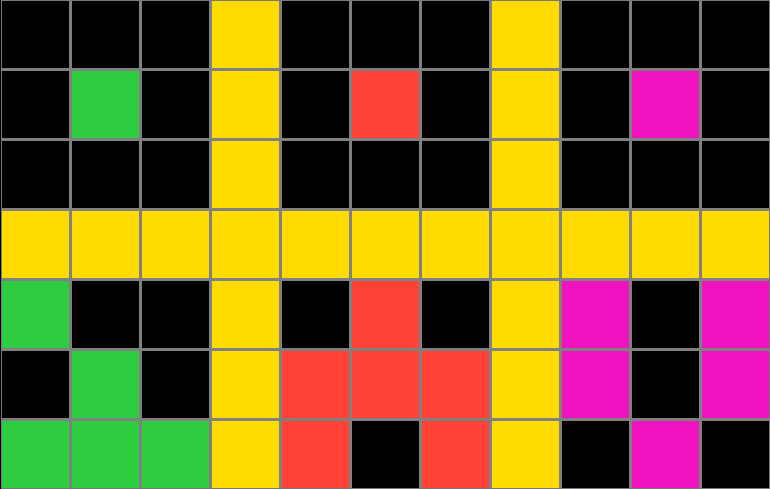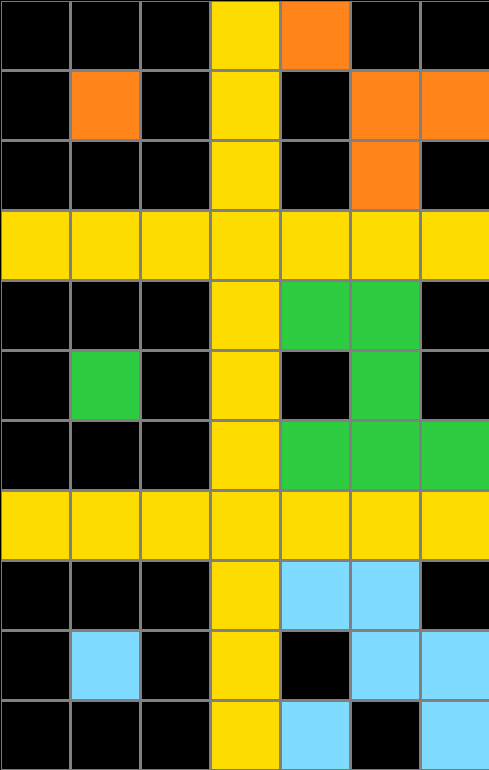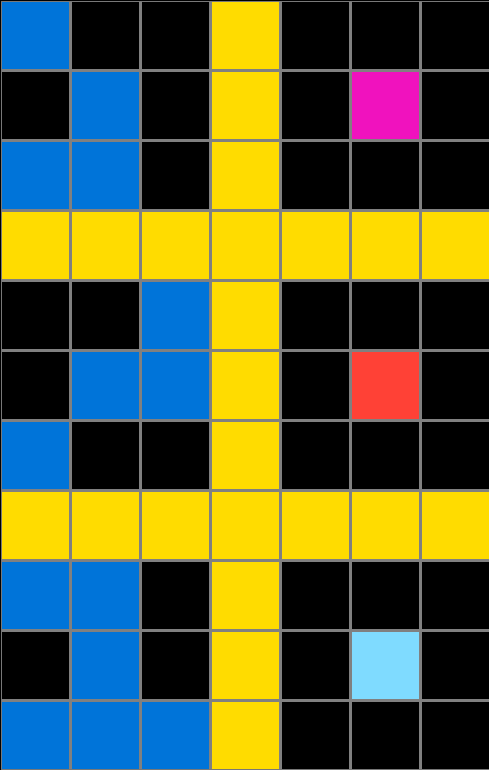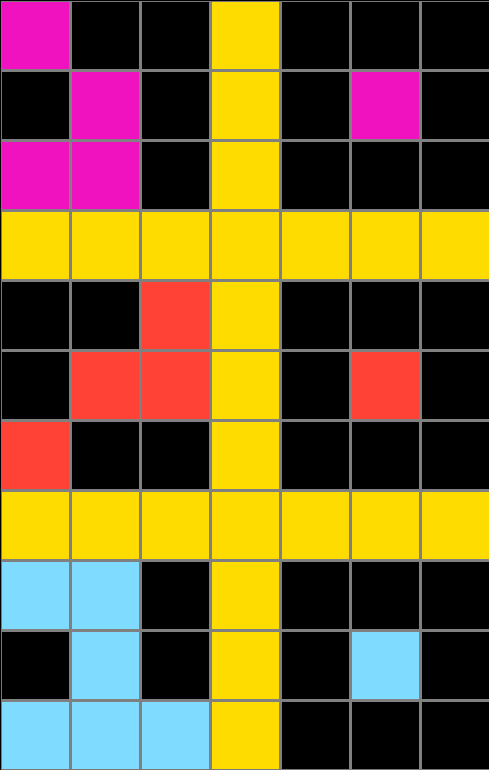Participant 1
Initial description: Keep the single squares in the middle of 9x9 squares the same color. Transform the color of the assymetrical pattern to match the corresponding single square. Keep the yellow dividing squares as-is.
Final description: Keep the single squares in the middle of 9x9 squares the same color. Transform the color of the assymetrical pattern to match the corresponding single square. Keep the yellow dividing squares as-is.
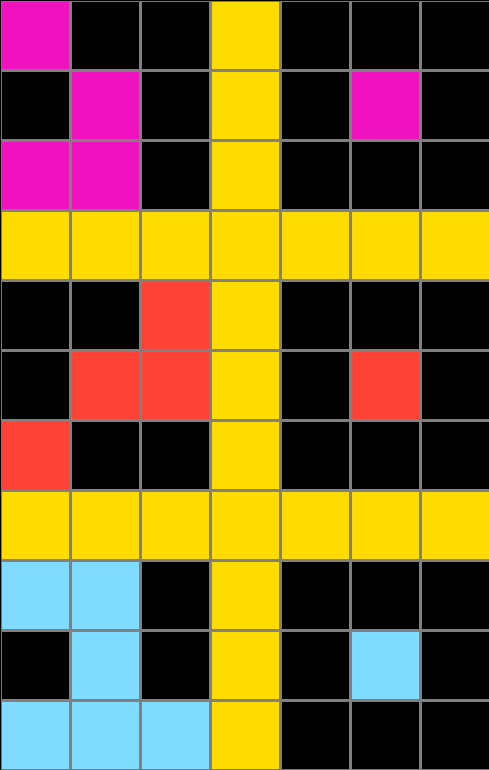
Participant 2
Initial description: the pattern is the same but single-colored squares on the right indicate color of the corresponding pattern on the left
Final description: the pattern is the same but single-colored squares on the right indicate color of the corresponding pattern on the left
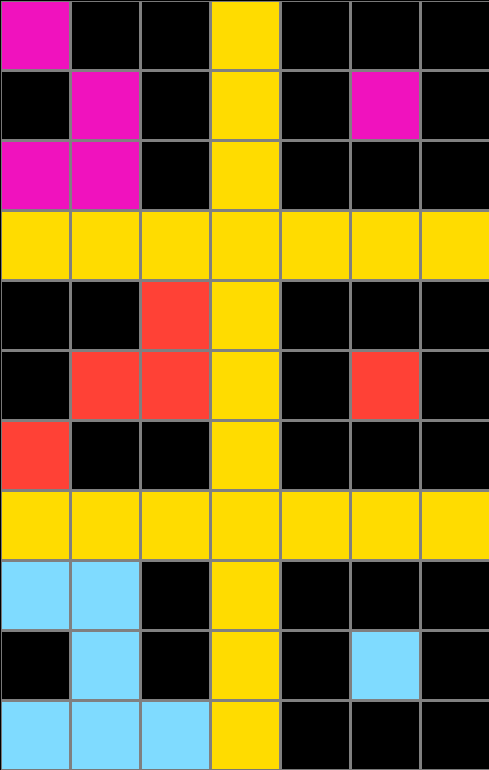
Participant 3
Initial description: The blue squares change to the color that their respective seperated single square is.
Final description: The blue squares change to the color that their respective seperated single square is.
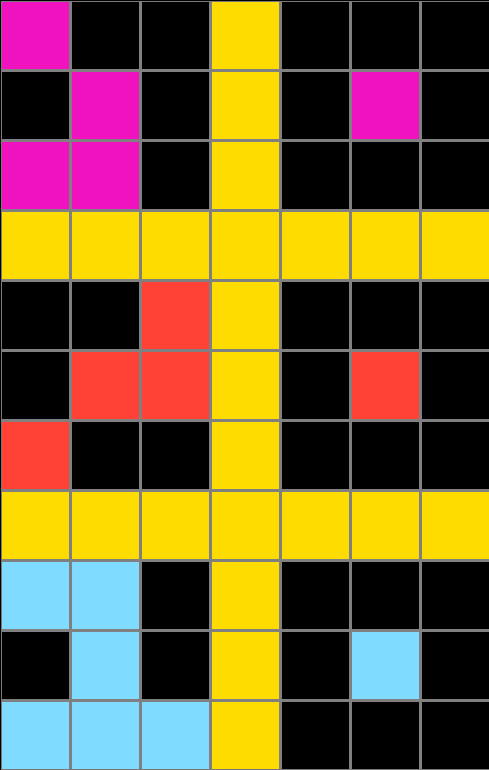
Participant 4
Initial description: The single blocks colors are used to change the blue blocks to their corresponding color.
Final description: The single blocks colors are used to change the blue blocks to their corresponding color.
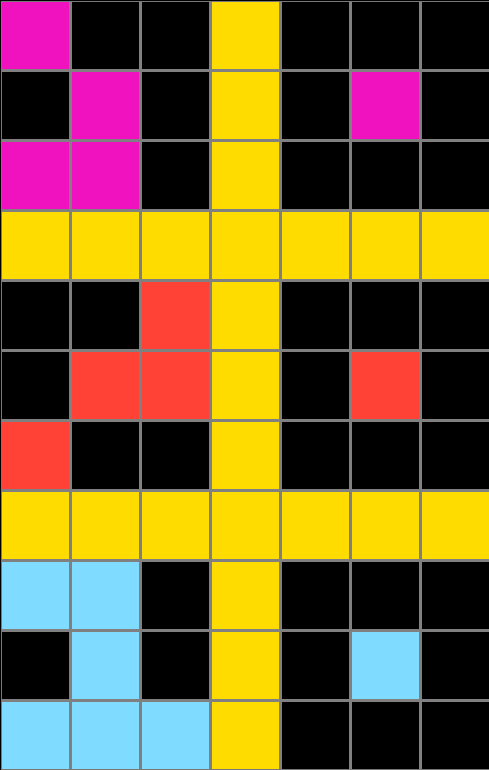
Participant 5
Initial description: Just trying to figure out pattern
Final description: I am not sure this is very difficult
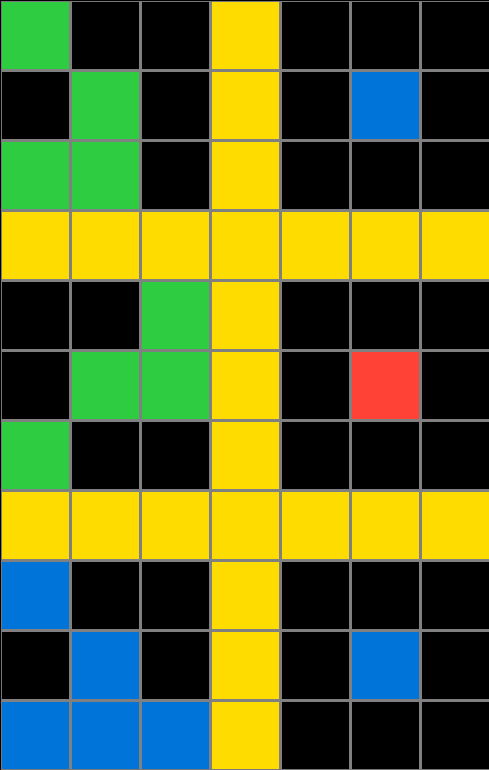


Participant 6
Initial description: All the colored boxes are colored the same, except the boxes which have a random grouping of the same color. The random grouping that is of the same color, will change to the color that corresponds to it's neighbor's color. The neighbor's color will have only 1 colored box. If the layout is wide, then use the neighbor above or below. If the layout is narrow and tall, use the neighbor to the right or left. Generally, only change the blue boxes' color.
Final description: All the colored boxes are colored the same, except the boxes which have a random grouping of the same color. The random grouping that is of the same color, will change to the color that corresponds to it's neighbor's color. The neighbor's color will have only 1 colored box. If the layout is wide, then use the neighbor above or below. If the layout is narrow and tall, use the neighbor to the right or left. Generally, only change the blue boxes' color.
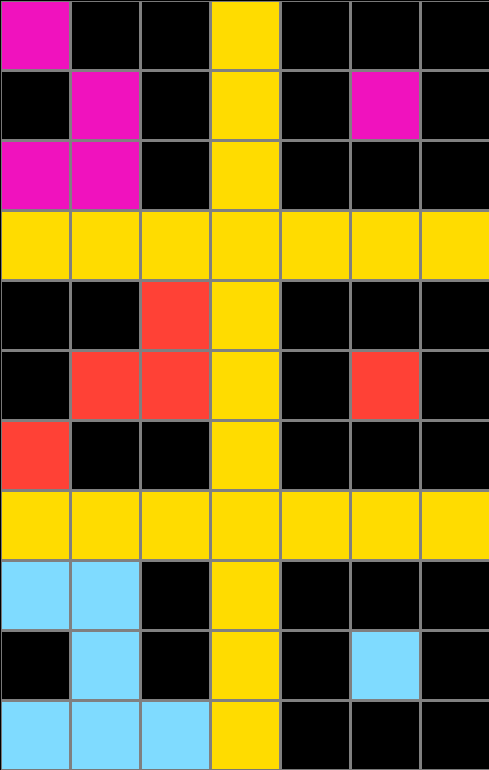
Participant 7
Initial description: change the color of the blue squares to match the color of the square it the box beside it
Final description: change the color of the blue squares to match the color of the square it the box beside it
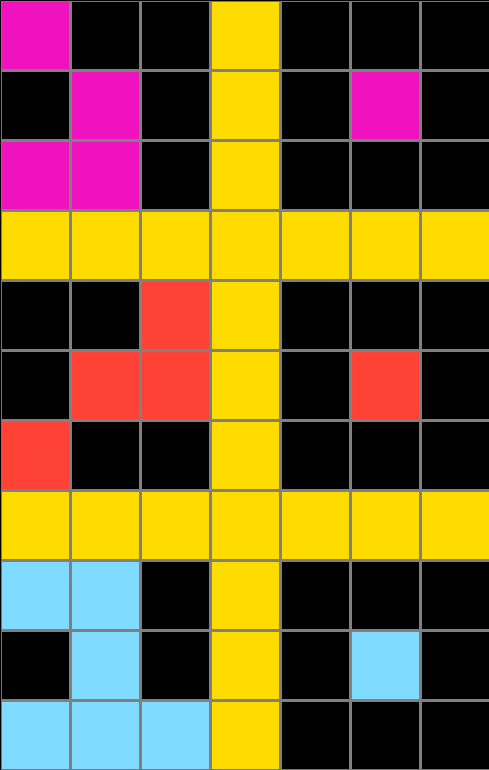
Participant 8
Initial description: Followed the example.
Final description: NO.
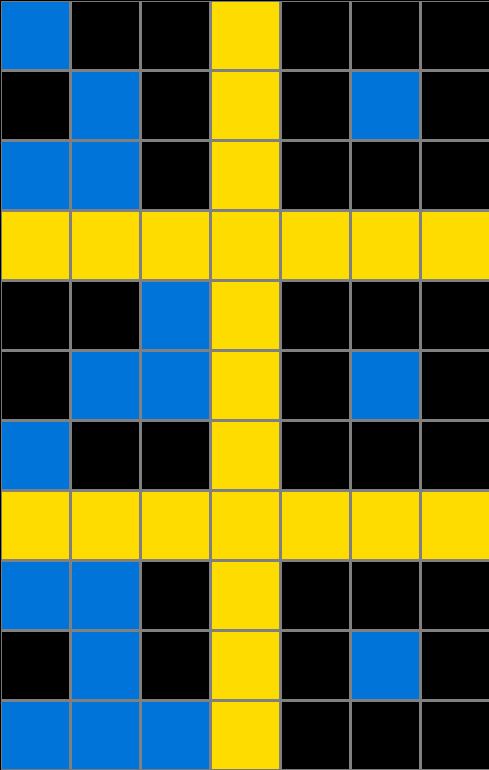
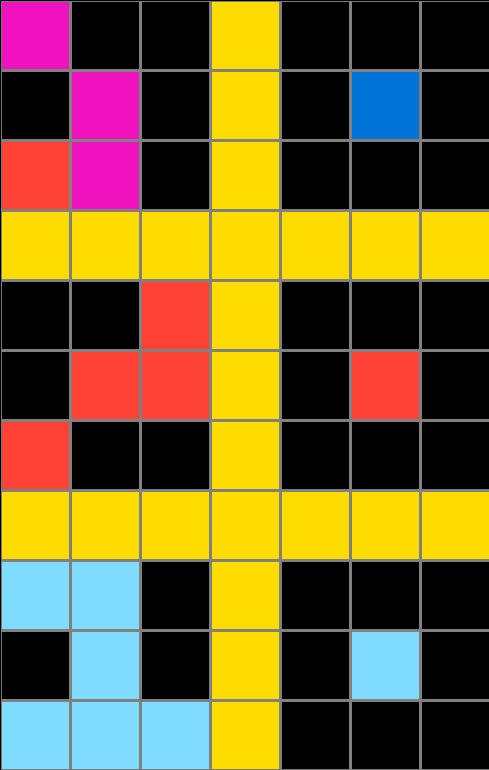

Participant 9
Initial description: Recreate the image displayed in the input in all features except for recoloring the dark blue shapes across from the single squares. Each shape should instead be colored the same as its respective opposing square.
Final description: Recreate the image displayed in the input in all features except for recoloring the dark blue shapes across from the single squares. Each shape should instead be colored the same as its respective opposing square.

Participant 10
Initial description: I believed the rule made the test output grid the same size as the input and made the sectors with multiple colored squares match the same color as the sector with the single colored square directly across from it.
Final description: I believed the rule made the test output grid the same size as the input and made the sectors with multiple colored squares match the same color as the sector with the single colored square directly across from it.


